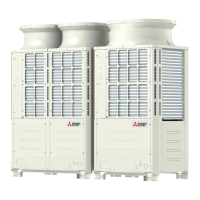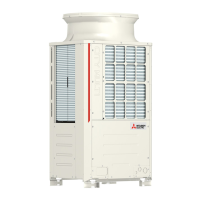How to fix water leakage from Mitsubishi Electric PUHY-P950 Air Conditioner?
- RRonnie EdwardsAug 20, 2025
If you notice water leaking from your Mitsubishi Electric Air Conditioner, inspect the drainage lines for any clogs. Also, ensure that the unit was properly installed.



